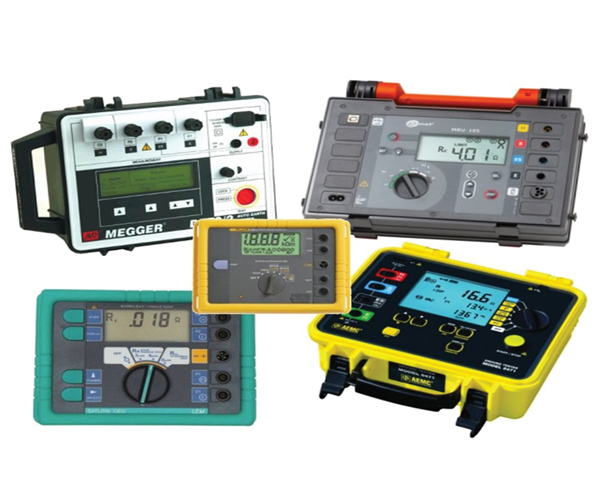- +61 7 3374 2877
- Email Us
Most aspects of our power systems are well understood technically and we have accurate and practical tests to assess their condition and performance. Testing of earthing systems remains one area in which simplistic tests are often carried out, by relatively untrained personnel, without any clear understanding of the suitability of the test method, nor of the limitations or risks of the test instruments being used. It is very common, particularly for HV asset owners in industry and mining, to receive test results from a contractor that indicate a “pass” but lack insight, and seem more of a box-ticking exercise.

In many cases, this issue stems from choosing the wrong instrument at the starting point. A web search for earthing test instruments quickly reveals a range of relatively low-cost instruments for testing earth resistance. The majority of these instruments may be quite effective for measuring the effective resistance of an isolated earth electrode in homogenous soil. Their low cost and simple operation make it easy for electrical contractors to add “earthing testing” to their capability statement and provide low-cost testing services. However, it is common that users then employ a simple instrument well beyond its limitations – in multi-element earthing systems, with interconnections and auxiliary paths, in complex soil conditions, in areas subject to AC and DC interference. The simple test instruments operate quickly and provide a number, but that number if often incorrect and is rarely sufficient information to effectively assess the state of the earthing system and its associated risks.
A better approach is to get the horse in front of the cart. Firstly, understand the system to be tested, and assess what failure modes it might experience and the impact they might have on the performance and safety of the system. Secondly, determine the best test method, or methods, to detect such failures as early as possible, and ideally without disruption to normal operations. Thirdly, choose a test instrument that is suitable for the test method, with an understanding of the test circumstances and whether the instrument will perform appropriately and provide suitable insight.
